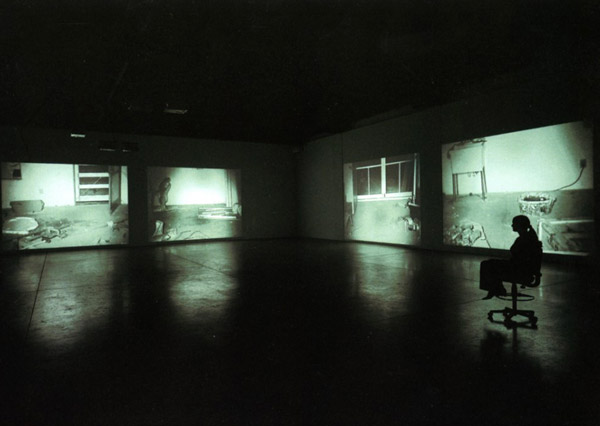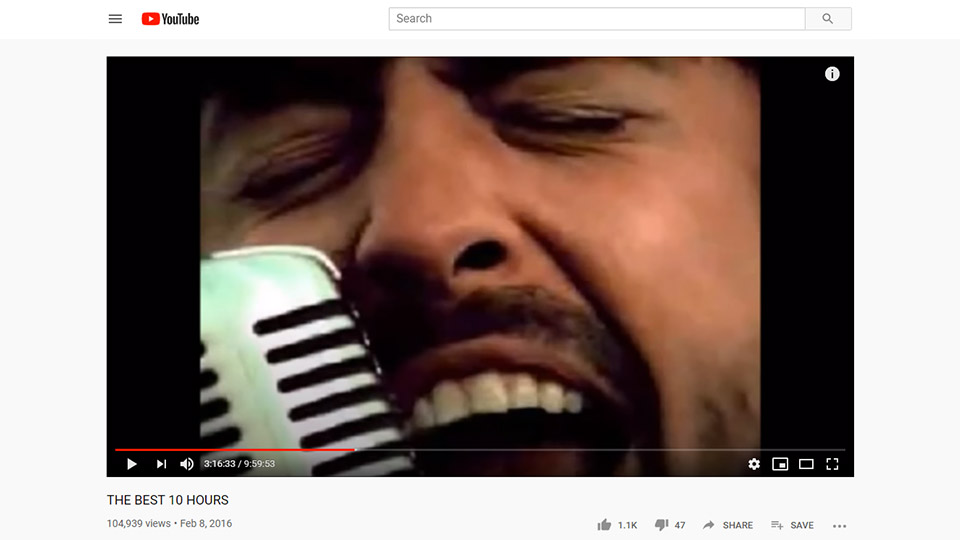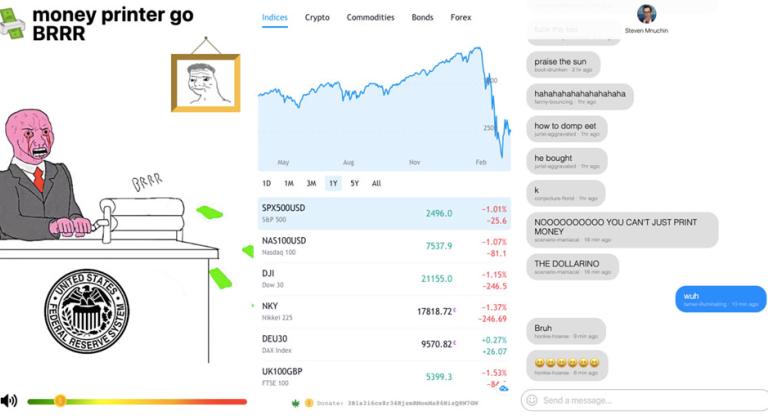One morning, my YouTube algorithm greeted me with a disarming recommendation: “Schubert – Ave Maria (10 Hours).” The video, uploaded by an unofficial Schubert Archive account, is exactly what it promises to be: a seamless, 9-hour, 59-minute, and 59-second loop of Arrigo Tomasi’s solo piano arrangement of the piece, with all dead air clipped out between replays. A static, medium-resolution painting of the Virgin Mary looms as a visual placeholder. The ten-hour length is a staple of YouTube’s irony-warped comedy, and usually offers an absurd punchline to the millionth Shrek remix or mind-meltingly awful Eminem verse, but when it comes to “Ave Maria,” the familiar “(10 Hours)” tag goes deeper than simply putting a song on repeat. It strips the music of a beginning or an ending and turns it into an immersive texture; while listening, you can tune out your immediate circumstances or even purge them, as some of the more earnest comments on the page suggested.
As the Washington Post and Know Your Meme recount it, the ten-hour format originated in 2011 as a maximalist response to YouTube’s reworked uploading limits. Prior to this point, videos were capped at ten minutes as a safeguard against copyright infringement. This limitation gave rise to a series of “Insane Edition” videos, which looped brief, repetitive clips for all ten permitted minutes—endurance tests that only the most “insane” users could, or would, sit through.As one might glean from the Pokémon-themed “Mudkip: The Insane Edition,” the very first of these posted by Anonikip in 2007, the conceit numbs away its cultural reference points, and ceases to embody anything besides its own madness-inducing running time. When YouTube announced that it would increase its maximum video length to 15 minutes, they also surreptitiously allowed some users in good standing to upload longer videos—much longer ones, all the way up to ten hours. On April 29, 2011, the intrepid YouTuber TehN1ppe tested these uncharted waters by uploading “Nyan Cat 10 hours,” a ten-hour loop of the three-and-a-half-minute viral video that was peaking in popularity at the time. The absurdity of the bloated duration, and a sudden glee at the possibilities it suggested, sparked a new wave of Insane Editions—including ten-hour vlogs documenting those who took on the challenge of watching them.
While many of the early adopters would cycle through similarly mindless meme videos, GIFs, or repetitive audio of Dave Grohl, the format slowly broadened to accommodate other moods.The early 2010s saw the arrival of vaporwave, a genre of lo-fi electro music known primarily for its aesthetic signifiers—nostalgia for an imaginary early internet sublimated into sedate cyberspaces, all soothing pastels and Tron-style mainframe grids, accented by dreamlike classical sculpture. As comedy videos grew more visually bizarre and aurally frenetic, the ten-hour video found a soothing niche in extinct digital worlds: the 3D Windows pipe screensaver, the bouncing DVD logo (either naturalistic or exclusively hitting the corners), and even the Windows XP startup sound played repeatedly, which is billed as “a nice, relaxing ASMR video to help you sleep.” That might be tongue-in-cheek, except that even functional videos—sleep aids, field recordings, and sound libraries—now commonly circulate in ten-hour packages.

Some of these longform, calming ambiences could be compared to the Yule Log, first broadcast in 1966 as a way to fill dead air on New York’s WPIX. The original three-hour recording of a roaring fire, accompanied by a playlist of classic Christmas carols, was a hit with local families; all they had to do was turn on the TV to liven up their homes with a festive atmosphere. For all the comfort of the family hearth, though, now you can travel seemingly anywhere for ten hours; you can drive in the rain, visit a synthetic-looking beach, or launch into space. So even if audio drives a piece’s concept—ten hours of the Jeopardy! theme (classic or 2008), or the THX sound effect—the promise of temporarily dropping out of one’s own surroundings might explain why the phenomenon thrives on YouTube. To that end, there’s an overt three-dimensionality to some recent examples, like Chuck E. Cheese dancing in an unnervingly nondescript, 360-degree white cube to a two-second synth loop. (If you’re curious, uploader Chicken Man reports that this 40 GB file took two days to render and export.) The videos teeter on a bizarre line: seriously entertaining the idea of “watching” them is part of the conceptual gag, yet even a static visual totalizes some sort of trance.

Whether a ten-hour video plays on a second tab like muzak, or zones you out longer than you’d like to admit, it seems bigger than any possible engagement with it. Bruce Nauman, speaking about his seven-channel video installation Mapping the Studio I (Fat Chance John Cage) (2001)—a five-hour, surveillance-style feed of different corners of his studio where he’d spotted mice—explained that he “wanted the feeling that the piece was just there, almost like an object, ongoing, being itself.” The YouTube phenomenon spins off of this solidity: by quieting the expectation of any conclusion or conventional “incident,” it simply invites a mental surrender. That idea might seem flippant, or coldly utilitarian, or like too much credit altogether, but when the right video matches with a receptive viewer, it can induce a therapeutic suspension like high-concept hypnosis. Maybe the joke was on me, but when I found myself phasing in and out of a one-hour loop of the blood-pressure-halving Fishing with John theme, I was jarred when it came to a sudden stop—sixty minutes was far too easy to wrap my head around.





